Attracting and retaining talent
In the 2019 edition of What Workers Want, we asked workers how long they expect to stay with their current employer, as employers are finding that talent retention is their single biggest challenge across Europe.
The alarming reality for employers is that 40% of Europe’s workers expect to leave their current job within the next five years. Our results show that Swedish (52%), Irish (49%) and British (49%) workers are most likely to leave their current employer within this time (Chart 7).
On the other hand, Spanish (25%) and Italian (28%) workers are the least likely to leave within the next five years. Naturally, Eurozone unemployment rates at a 10 year low will influence these results, plus the ease of hiring and firing workers due to domestic employment laws will deter workers from shifting allegiance. Indeed, 18% of workers do not know how long they expect to stay with their current employer. Having the right real estate in the best location will be a key influencer on workers’ decision making.
Indeed, the nature of employment contracts by sector has a role to play in this. Respondents within the Creative/Media (49%) sector are most likely to leave within the next five years, whilst Legal (36%) and Government (34%) sector workers are the least likely to leave during this time. Naturally, this will feed into sector covenant strength and ability to secure long leases with landlords at lease renewal stage. The length of commute (17%), personal workspace (17%) and internal design (16%) feature closely as the factors workers most want to change about their current workplace.
With more flexible working styles including hot-desking and co-working, workers do not feel they have the ability to change and manage their own personal workspace, despite the fact that the majority of workers prefer their own dedicated workspace. Interestingly, line managers (15%) and colleagues (10%) collectively account for a quarter of the responses that office workers would most like to change, so initially attracting the right talent will also have an impact on staff retention. We can categorise the three main factors people want to change as the location, the building and the people.
However, if workers were offered the same financial package for a job elsewhere, workplace location (47%) the future colleagues (47%) and the working culture (40%) of the future job are the factors which influence decision making the most, rather than the internal design of the building (15%) or external building design (7%). Besides earnings potential, people, rather than places are the key determinants in workers moving jobs.

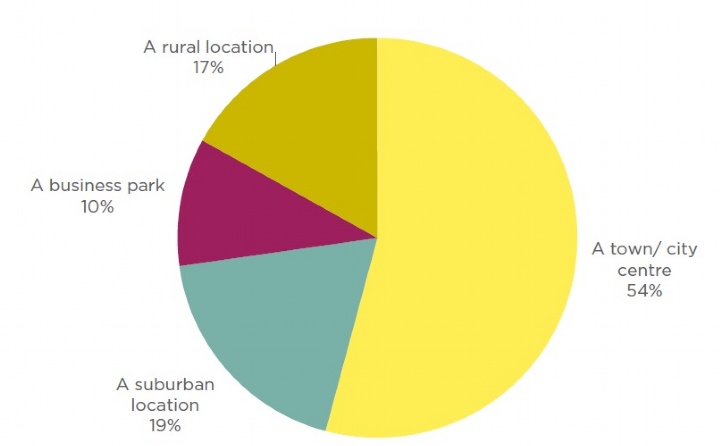
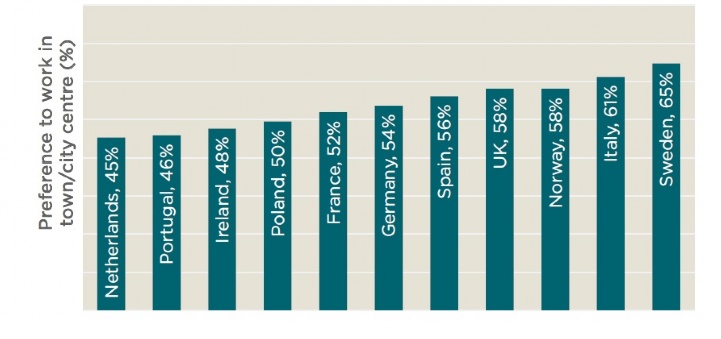



.jpg)
.jpg)

.jpg)

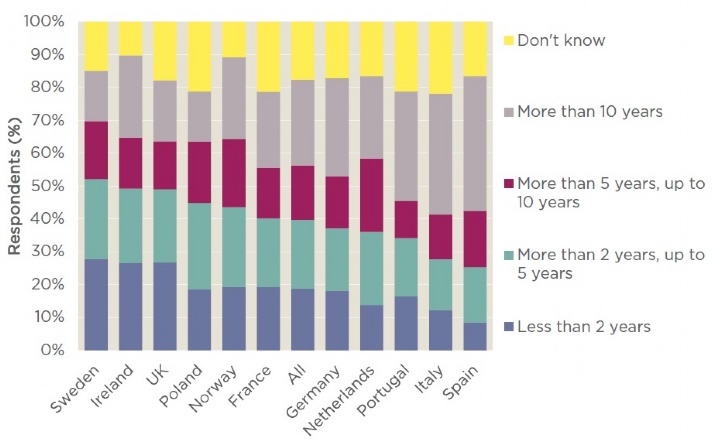

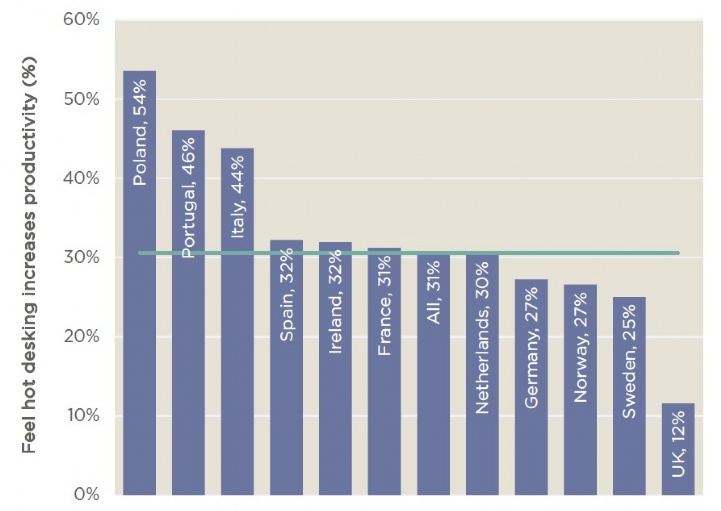
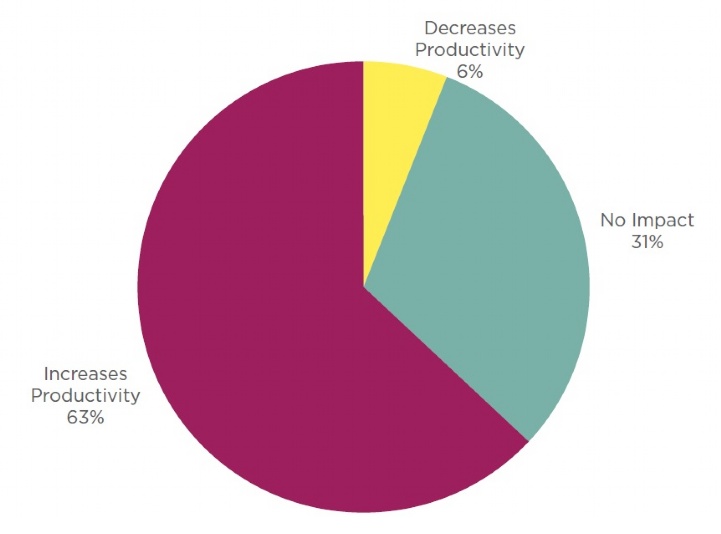
.jpg)
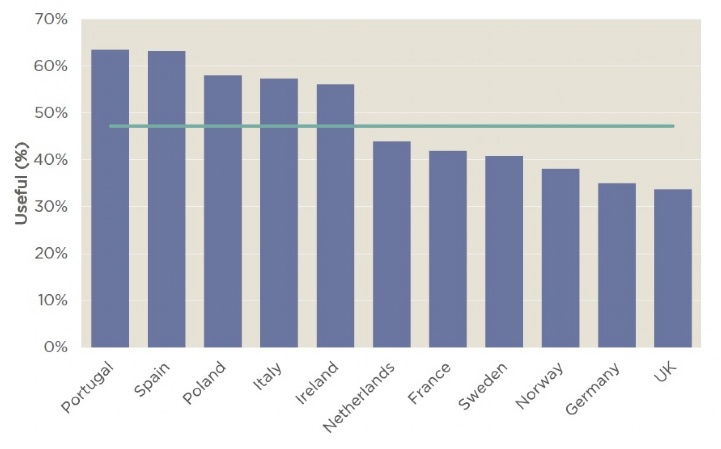
.jpg)